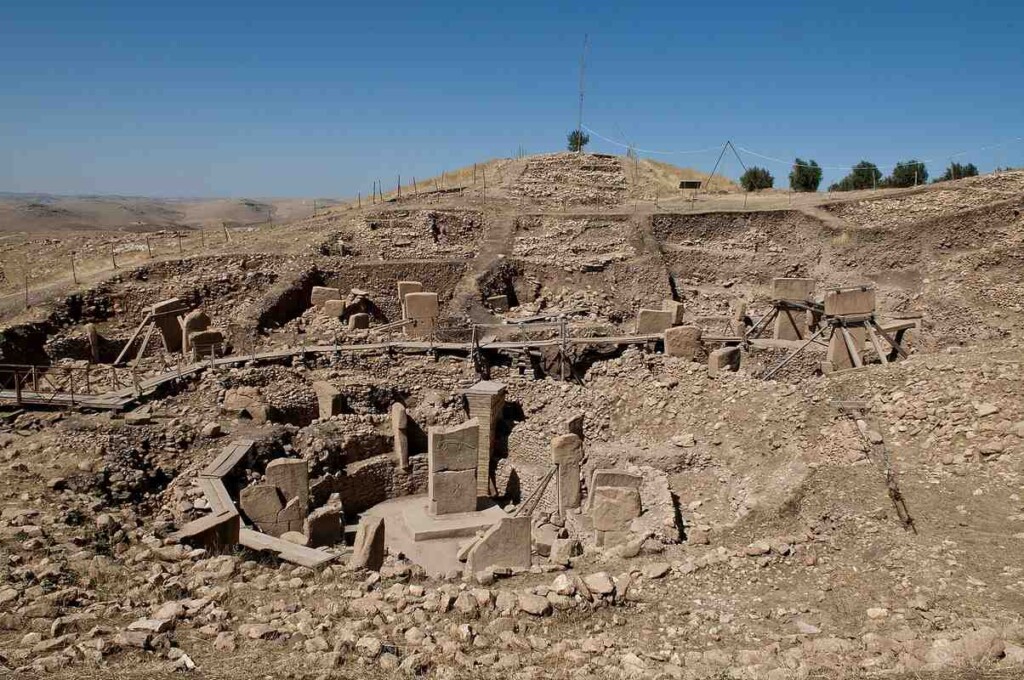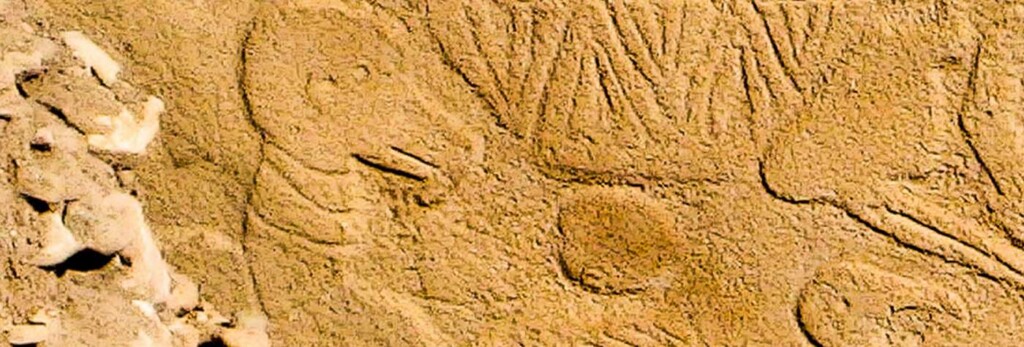
Whatever we learned in school about the earliest human civilizations, the discovery of Göbekli Tepe in southern Turkey has made it all null and void.
This sprawling, monolithic complex, of which over 90% remains unexcavated, dates back over 10,000 years—a date which is ascertained by the evidence of the entire complex being deliberately buried by whoever built it.
It’s quite simply the greatest mystery in archaeology since the pyramids, and new examinations of the markings on the pillars inside the stone enclosures suggest the builders could record an astronomical event that triggered a key shift in human civilization, researchers say.
The research claims ancient people were able to record their observations of the Sun, Moon, and constellations in the form of a solar calendar, created to keep track of time and mark the change of seasons.
Fresh analysis of V-shaped symbols carved onto pillars at the site has found that each V could represent a single day. This interpretation allowed researchers to count a solar calendar of 365 days on one of the pillars, consisting of 12 lunar months plus 11 extra days.
The summer solstice appears as a separate, special day, represented by a V worn around the neck of a bird-like beast thought to represent the summer solstice constellation at the time (it was made so long ago that star charts would have been different to ours). Other statues nearby, possibly representing deities, have been found with similar V-markings at their necks.
Since both the cycle of the Moon and that of the Sun are depicted, the carvings could represent the world’s earliest lunisolar calendar, based on the phases of the Moon and the position of the Sun, pre-dating other known calendars of this type by many millennia.
Once considered a fringe theory roundly dismissed in archaeology, Göbekli Tepe presents robust evidence that ancient people used a large stone monument to record the date a swarm of comet fragments hit Earth nearly 13,000 years ago (11,600 BCE) the authors write.
The theory goes that the comet strike caused a mass melting of glaciers that ended the last Ice Age and caused sea levels to rise around 400 feet. It could also have triggered changes in lifestyle and agriculture thought to be linked to the birth of civilization soon afterwards in the fertile crescent of West Asia.
Another pillar at the site appears to picture the Taurid meteor stream, which is thought to be the source of the comet fragments, lasting 27 days and emanating from the directions of Aquarius and Pisces.

The find also appears to confirm that ancient people were able to record dates using precession—the wobble in Earth’s axis which affects the movement of constellations across the sky—at least 10,000 years before the phenomenon was documented by Hipparchus of Ancient Greece around 150 BCE.
MORE ANCIENT ARCHAEOLOGY: 5,000-year-old Rock Art of Boats and Cattle Unearthed in the Sahara Shows Grassland Came Before Desert
The find also supports a theory that Earth faces an increased risk of comet strikes when it crosses the path of orbiting comet fragments, which we normally experience as meteor streams.
“It appears the inhabitants of Göbekli Tepe were keen observers of the sky, which is to be expected given their world had been devastated by a comet strike,” Dr. Martin Sweatman, of the University of Edinburgh’s School of Engineering, who led the research.
In contrast to existing theories about this comet strike, known as the Younger Dryas Impact Hypothesis, Dr. Sweatman’s paper details that the comet strike ushered in a mini ice age, and that societies practicing agriculture could no longer do so because of the encroaching cold, making it seem to us, until Göbekli Tepe’s discovery, as if civilization started in the Near East, where temperatures were more mild.
DIG THIS: Archaeologists Discover Ancient Cities Hidden in the Ecuadorian Amazon
One of the largest and most vocal proponents of the merits of the Younger Dryas Impact Hypothesis is none other than the world’s most famous podcaster: Joe Rogan. He has welcomed numerous scientists, writers, and archaeologists on his show over the last 8 years who have made contributions to getting the theory recognized by mainstream archaeological historians.
SHARE This Amazing Deduction And Changing Views Of Our Past…




















